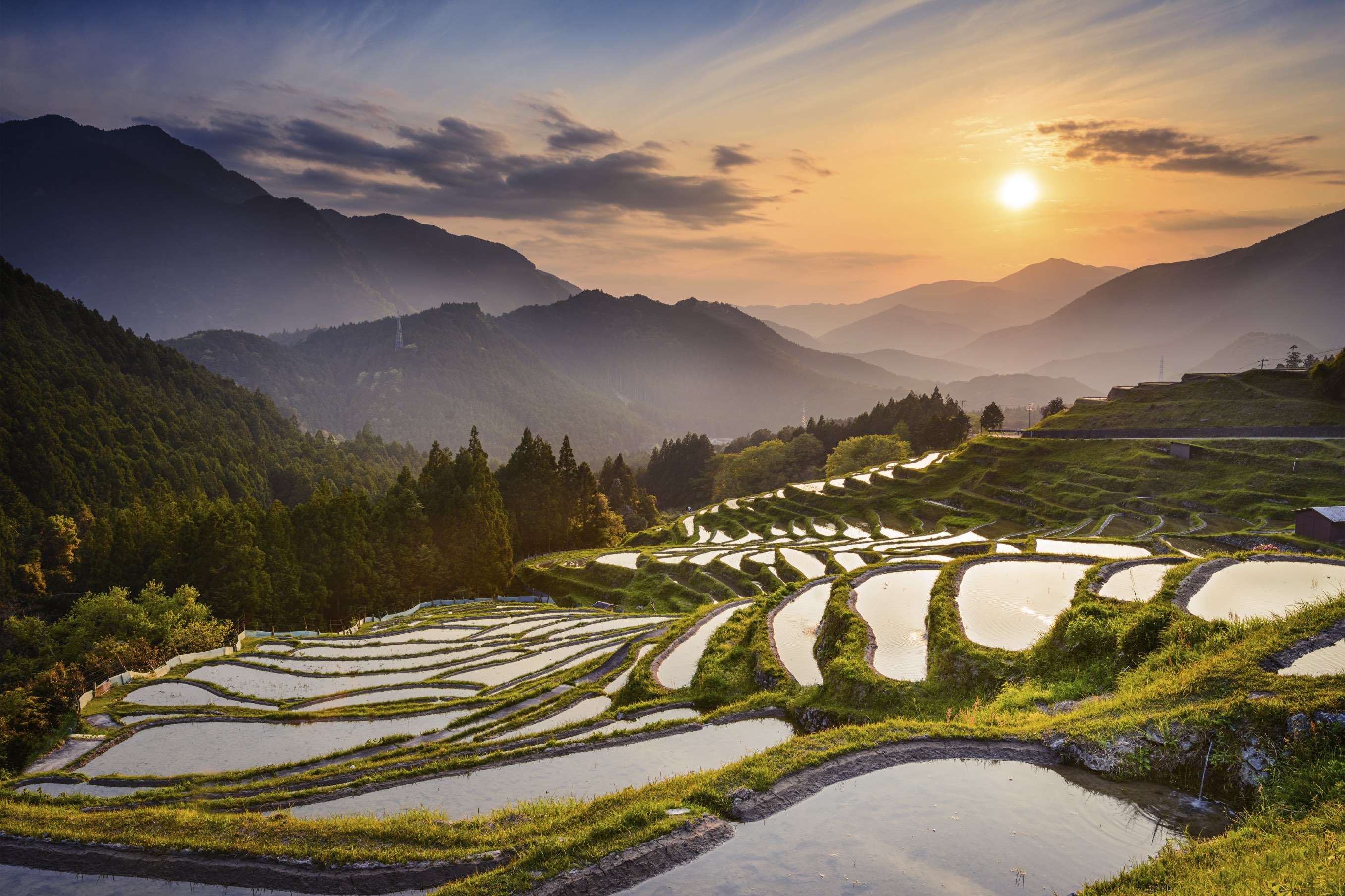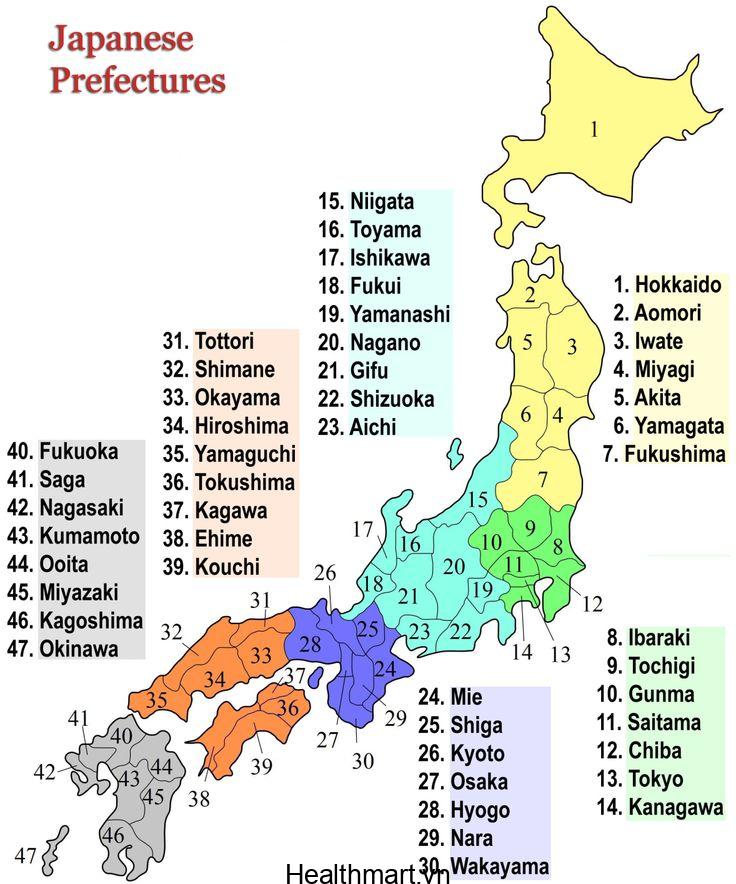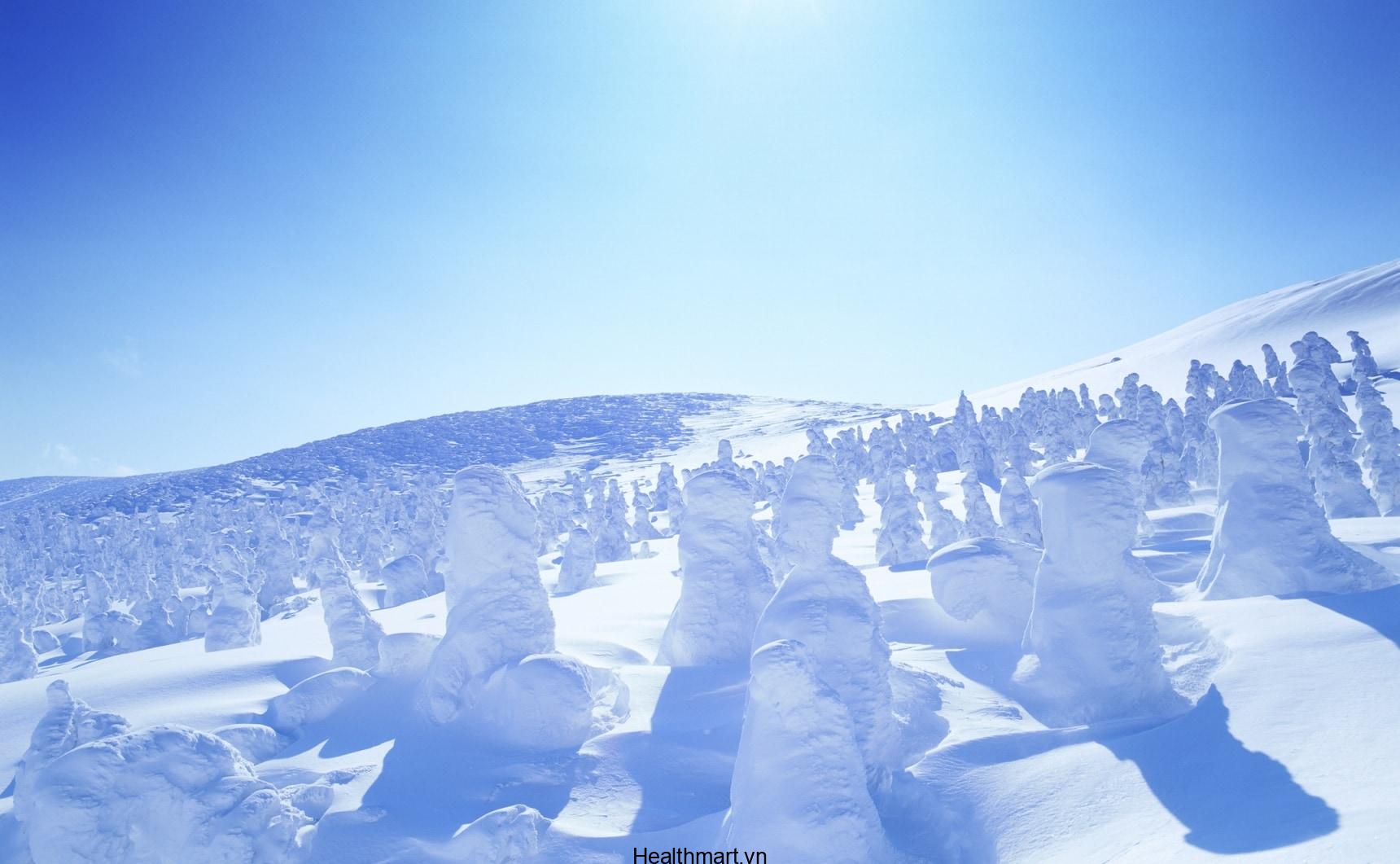No products in the cart.
En
What Does Saga, The 41st Prefecture In Japan, Have? Does It Snow?
What Does Saga, The 41st Prefecture In Japan, Have? Does It Snow?

Saga is a prefecture located in the northern part of Kyushu Island, Japan. It is known for its beautiful scenery, delicious food, and rich history. Saga is also known for its unique culture and traditions. Many people are curious about the 41st prefecture, especially those wondering about its climate and whether it snows. This article will dive into what Saga offers and answer your question about the possibility of snowfall.

Saga’s Geography

Saga is a prefecture characterized by its unique geographical features, contributing to its distinctive character and offering diverse natural attractions.
- Mountains: The prefecture is home to several mountains, including Mount Sefuri, which is the highest peak in Saga. The mountainous regions are known for their hiking trails and stunning views.
- Rivers: Saga is also home to several rivers, including the Chikugo River, which is the longest river in Kyushu. The rivers provide water for agriculture and are also popular spots for fishing and boating.
- Coastal Area: Saga has a long coastline, with access to the Genkai Sea and the Ariake Sea. The coastal areas are known for their seafood, beaches, and picturesque sunsets.
- Hot Springs: Saga is renowned for its hot springs, known as onsen, which are believed to have therapeutic benefits. Visitors can enjoy relaxing in the natural hot springs, many of which offer breathtaking views of the surrounding landscape.
Saga’s Culture
Saga boasts a rich and diverse culture, making it a captivating destination for those seeking to explore Japan’s heritage and traditions.
- Saga Pottery: Saga is renowned for its pottery, particularly Arita ware, which is known for its high quality and elegant designs. The prefecture hosts numerous pottery workshops and museums, offering visitors insights into the craft’s history and the skillful techniques of its artisans.
- Karatsu Ware: Another notable pottery style found in Saga is Karatsu ware, known for its rustic and earthy aesthetic. The pottery is characterized by its use of natural materials and its unique glazes, making it a cherished part of Saga’s cultural heritage.
- Saga Beef: Saga beef is a delicacy that is renowned for its rich flavor and tender texture. It is highly prized in Japan and is enjoyed by many visitors.
- Traditional Festivals: Saga hosts numerous traditional festivals throughout the year, showcasing the prefecture’s vibrant culture and history. The Yabusame festival, a traditional archery competition on horseback, is a particular highlight.
Saga’s History
Saga’s rich history dates back centuries and is evident in its well-preserved cultural sites and architectural marvels.
- Saga Castle: Saga Castle was built in the 17th century and is a prominent landmark in the prefecture. The castle was once home to the Nabeshima clan, a powerful feudal lord family. Visitors can explore the castle grounds and learn about its fascinating history.
- Nishiki-e Printing: Saga is known for its Nishiki-e printing, a traditional woodblock printing technique. The prefecture has a long history of Nishiki-e printing, and visitors can find numerous examples of this art form in museums and galleries.
- Early Christian Mission Sites: During the 16th century, Christianity found its way to Japan, and Saga played a significant role in the spread of the religion. The prefecture boasts several historic Christian sites, including churches and missionary centers, offering a glimpse into this important chapter of Japan’s history.
- The Saga Rebellion: In 1876, Saga witnessed a significant rebellion against the Meiji government’s policies. This event, known as the Saga Rebellion, highlights the prefecture’s role in the turbulent period of modernization in Japan.
Saga’s Nature
Saga boasts breathtaking natural landscapes that attract nature lovers and outdoor enthusiasts.
- Mount Sefuri: Mount Sefuri, the highest peak in Saga, offers stunning panoramic views of the surrounding countryside. The mountain is a popular destination for hiking and camping, offering opportunities to enjoy the fresh air and natural beauty of the prefecture.
- Genkai National Park: This national park encompasses a diverse range of natural features, including beaches, forests, and wetlands. Visitors can enjoy hiking trails, birdwatching, and exploring the park’s unique ecosystem.
- The Ariake Sea: The Ariake Sea is known for its unique tidal flats, which are a significant habitat for various bird species and marine life. The sea is also popular for fishing and oyster farming.
- Saga’s Beaches: The prefecture boasts several beaches along its coastline, offering opportunities for swimming, sunbathing, and water sports. The beaches are also known for their beautiful sunsets and tranquil atmosphere.
Does it Snow in Saga?
While Saga is located in a relatively southern part of Japan, it does experience snowfall during the winter months, although it is not as common as in other parts of the country. The mountainous areas of Saga are more likely to receive snowfall than the coastal areas. However, even in the mountains, the snowfall is usually light and infrequent.
Conclusion
Saga, the 41st prefecture in Japan, is a vibrant destination that offers a unique blend of culture, history, and nature. From its picturesque landscapes and thriving pottery industry to its traditional festivals and delicious local cuisine, Saga provides a captivating experience for visitors seeking to immerse themselves in the authentic charm of Japan. Despite its relatively southern location, Saga does experience snowfall, although it is typically light and infrequent. Whether you are seeking cultural immersion, outdoor adventure, or simply a relaxing escape, Saga offers something for everyone.
Tags
Saga, Japan, Prefecture, Culture, History, Nature, Mountains, Rivers, Beaches, Pottery, Festivals, Snowfall, Travel, Destination.


So Saga has stuff… and maybe snow? I’m not sure what the author is trying to say.
The article is pretty basic, but it does a good job of introducing the topic of Saga. It might be helpful for someone who is just starting to learn about Japan.
So Saga is a prefecture in Japan. Who knew? I guess it’s not as exciting as Tokyo or Kyoto, but hey, maybe it’s got some hidden gems.
This is a great starting point for anyone interested in learning more about Saga. I’m looking forward to doing some more research on this prefecture.
This article is so intresting! I’ve always wanted to visit Japan, and now I’m even more excited to see Saga. I can’t wait to see the snow and try all the delicious food!
Another article about a place I’ve never heard of. I’m sure it’s fascinating, but this article doesn’t make me want to visit.
I’m not sure if Saga gets snow, but I know that it’s known for its beautiful beaches and hot springs. It’s also a great place to try traditional Japanese food.
This post is a little bit confusing. It’s not clear what Saga has or what the point of the article is. I’m not sure if it’s meant to be informative or just a list of random facts.
I find the article to be lacking substance. It doesn’t delve into the history, culture, or attractions of Saga. It only raises questions without providing answers.
The author’s trying to tell us about Saga but fails to do so. What exactly does Saga have? Does it snow? This article makes me think the author doesn’t know either.